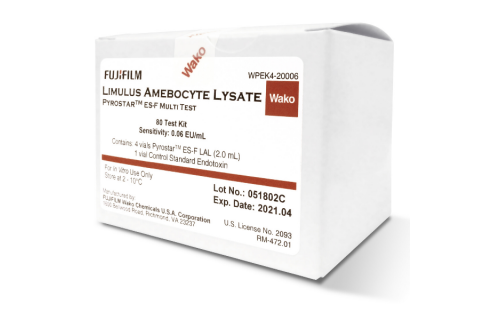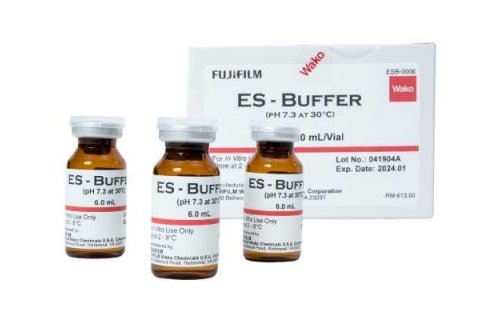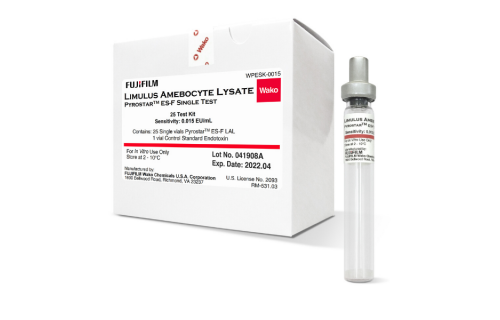Treatment of Sepsis caused by Gram-negative Bacteria
The most common treatment for sepsis caused by bacteria, whether Gram-positive or Gram-negative, is the use of antibiotics. When sepsis is caused by Gram-negative bacteria, antibiotic therapies have the disadvantage of producing an increase in the bacterial endotoxin levels in the blood plasma of patients. The highest concentration of bacterial endotoxins during sepsis treatment is due to bacterial lysis caused by antibiotics, which causes the lipopolysaccharides (LPS) that constitute the cell wall of bacteria to be released into the environment.
Discover and quote online our Endotoxin-Specific LAL Reagents HERE
The process of inflammatory immune response that occurs when a pathogen passes onto the blood plasma, leading to organ dysfunction, is known as sepsis.1a Sepsis remains to be one of the major causes of mortality in the population, though currently scientists have developed more potent and specific antimicrobial agents than those that existed a few decades ago. And if we compare them to those available just two centuries ago, we can say that there are many alternatives for the treatment of patients that suffer from sepsis. For the clinical diagnosis of sepsis, blood culture and sensitivity tests are used, which make the treatment suitable for the agent causing the disease.
In order to achieve an effective treatment of sepsis caused by Gram-negative bacteria, two important factors must be considered: the microorganism or microorganisms, in the case there are several, which are responsible for the infection and the patient's physical condition. Characteristics such as age, general state of health of the person before suffering from the infection, environmental conditions in which they live, genetic characteristics and clinical history are factors that were undervalued until a few years ago, but scientific studies have shown that they are very important when deciding on the course of treatment.
There are many antibiotics used in cases of bacteremia by Gram-negative agents. Beta-lactam antibiotics and sulfonamides may be mentioned as an example. Choosing the appropriate antibiotic in each case is extremely important as non-specific therapies with antibiotics and the lack of the early diagnosis of sepsis are the main factors that cause the high levels of mortality and morbidity associated with this disease. Moreover, the study of antibiotic sensitivity is crucial as the success of the treatment depends on it.
The most important virulence factors for sepsis caused by Gram-negative bacteria are lipopolysaccharides. It is known that LPS can lead the person suffering from the infection to have a septic shock, which is the most acute and dangerous phase of sepsis occurring in a short time. It is important to have the means to quantify the concentration of LPS in the blood plasma and in other biological fluids to combat sepsis. The most widely used method for the detection of bacterial endotoxins both in research laboratories and at the clinical level is the LAL test (Limulus Amebocyte Lysate). This test is based on the process of immune response caused by LPS in the hemolymph of the horseshoe crab, which is similar to the effects of the presence of toxins in mammals.
By using the kits developed by Wako for the determination of endotoxins, which can be obtained through the web, you can conduct research in this important human health issue.
Bibliography:
1) Angus, D.C., Wax, R.S., Critical Care Medicine, 29, 7 suppl, 109-116, 2001.
2) Pink, P.W., et al., Am. J. Respir Critical Care Med., 171, 6, 616-620, 2005.
3) Campisi, L. Brau, F., Glainchenhaus, N., Immunolog. Rev., 2008.






